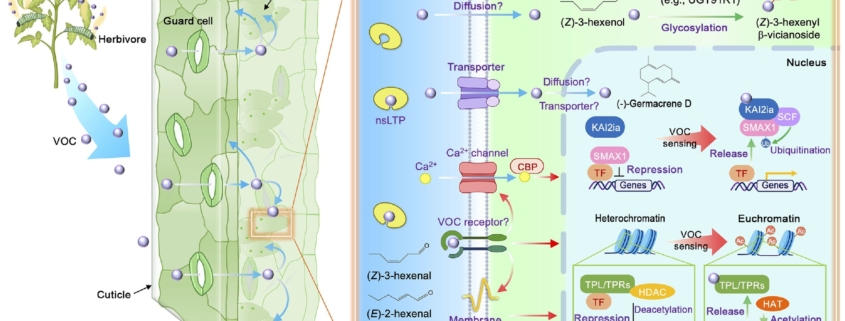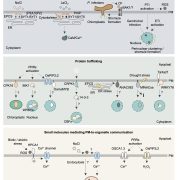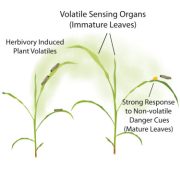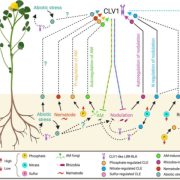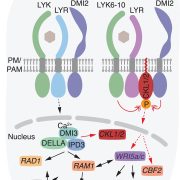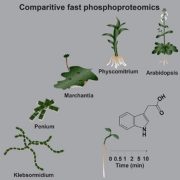Review: Cracking the plant VOC sensing code and its practical applications
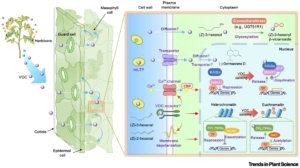 Many studies have demonstrated the importance of volatile organic compounds (VOCs) in communication between plants. VOCs emitted by a plant damaged by herbivory promote defenses in nearby plants. It is thought that these compounds may have originated as intra-plant signals, capable of moving long-distances faster than signals through the plant vascular system, with the inter-plant signaling function a fortuitous consequence. Notably, plants respond to signals produced by both conspecific and heterospecific individuals. A new review by Arimura and Uemura looks at these signals, reviewing their diverse functions but also highlighting what is known and not known about how they are perceived and elicit responses. Whether VOCs interact with specific plasma membrane-localized receptors (by analogy to animal olfactory system) remains an open question, and there is also some evidence that certain VOCs interact with proteins intracellularly. Some VOCs interact with the TOPLESS corepressor which may lead to changed in transcription and also chromatin remodeling. The review concludes with a discussion about how these insights might be used for protection of crop and horticultural plants, for example by the use of VOC-producing companion plants or synthetic VOCs. (Summary by Mary Williams @PlantTeaching) Trends Plant Sci 10.1016/j.tplants.2024.09.005
Many studies have demonstrated the importance of volatile organic compounds (VOCs) in communication between plants. VOCs emitted by a plant damaged by herbivory promote defenses in nearby plants. It is thought that these compounds may have originated as intra-plant signals, capable of moving long-distances faster than signals through the plant vascular system, with the inter-plant signaling function a fortuitous consequence. Notably, plants respond to signals produced by both conspecific and heterospecific individuals. A new review by Arimura and Uemura looks at these signals, reviewing their diverse functions but also highlighting what is known and not known about how they are perceived and elicit responses. Whether VOCs interact with specific plasma membrane-localized receptors (by analogy to animal olfactory system) remains an open question, and there is also some evidence that certain VOCs interact with proteins intracellularly. Some VOCs interact with the TOPLESS corepressor which may lead to changed in transcription and also chromatin remodeling. The review concludes with a discussion about how these insights might be used for protection of crop and horticultural plants, for example by the use of VOC-producing companion plants or synthetic VOCs. (Summary by Mary Williams @PlantTeaching) Trends Plant Sci 10.1016/j.tplants.2024.09.005


